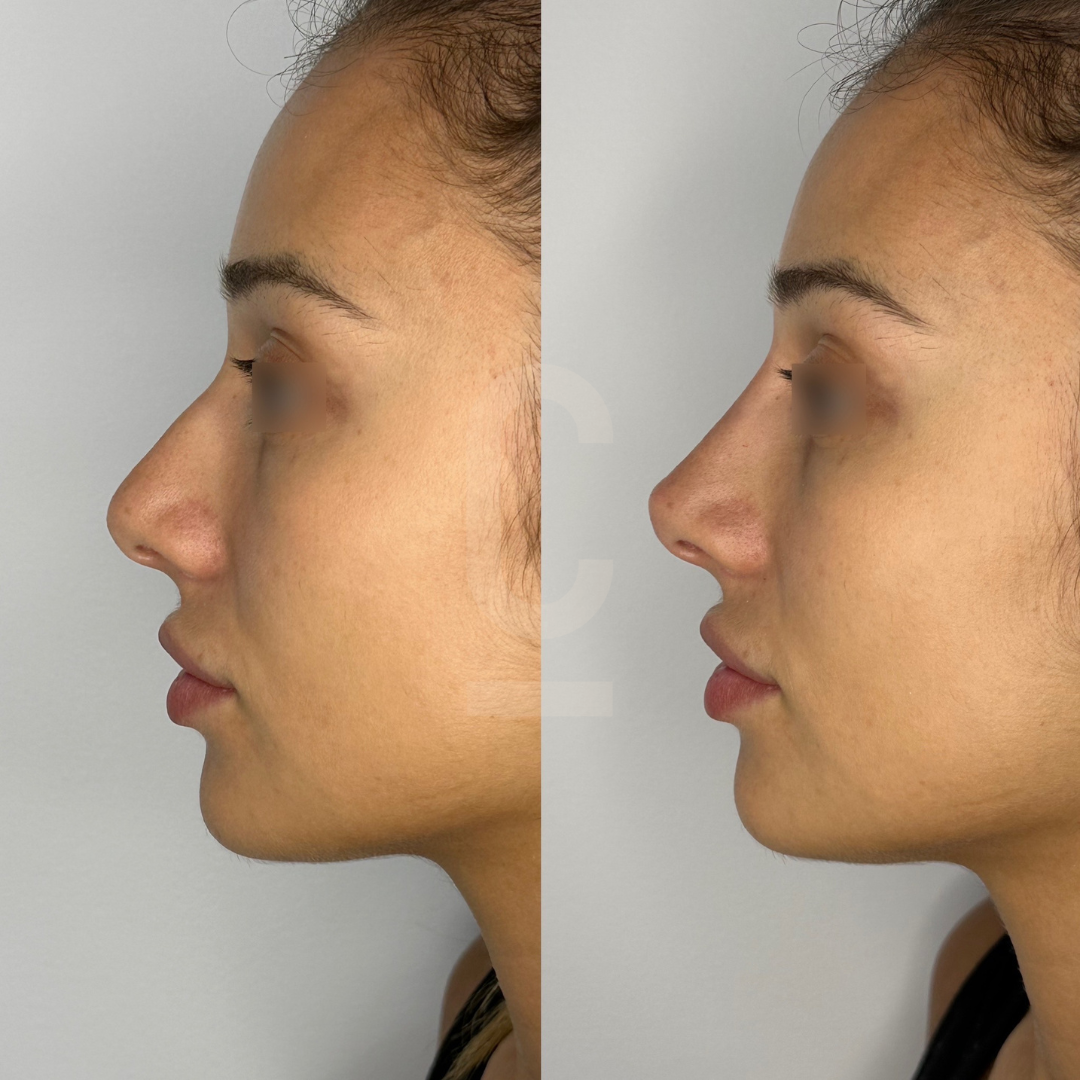You’ve just had your non-surgical rhinoplasty and can’t wait for the final result. While you wait for the swelling to subside you’ll of course need to look after your new nose. One of the most common questions people have after getting a non-surgical rhinoplasty is ‘How do I sleep?’. Here’s the answer.
Sleeping Position
- Avoid sleeping on your stomach for 1 week. This minimises pressure on your nose to prevent filler migration.
- Be careful sleeping on your sides for 1 week. While not critical, side sleeping can result in unnecessary pressure to your nose.
- You can sleep with normal head elevation, using 1-2 pillows.
Filler Movement and Migration
The fillers used for a non-surgical rhinoplasty are stable. However, applying unnecessary pressure increases the risk of migration. This is why avoiding face-down sleeping is crucial.
Face Masks and Sleep Apnea Devices
- Be careful using eye masks that apply firm pressure to your nasal bridge, as this can increase migration risk.
- If you wear a sleep apnoea mask, you may need to use a nasal or nasal pillow mask that don’t apply pressure to your nose bridge.
Sleep Aids and Pillows
You can use your normal pillows when sleeping after a non-surgical rhinoplasty.
You need not worry, because sleeping after a non-surgical rhinoplasty is simple. The goal is simply to avoid unnecessary pressure to the treated areas for at least days.

